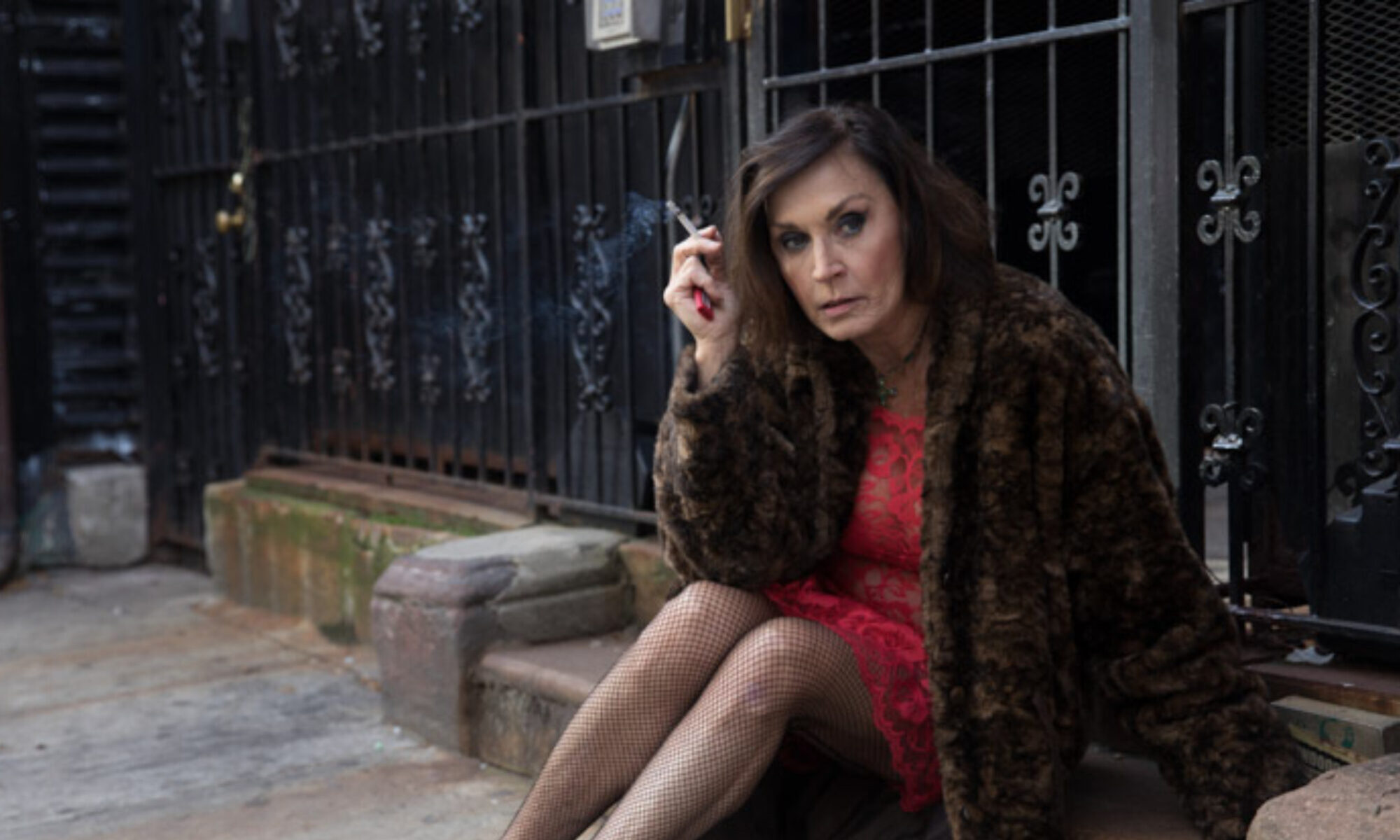Mary Goggin’s story is nested in an immigration fairytale that recalls Irish folklore. She is a runaway princess stumbling through life in all its twists and turns. She relapses into alcoholism, loses her daughter, and gets kicked out of apartments across the United States. Ms. Goggin tells her story with finesse.
There is a subtlety in her expressions, when she reaches out for connection, stomps across a baseball field as a girl, and cries when her father finds her after a drug-filled night. When she remembers her daughter crying out, “You’re all that I have,” during their most desperate times, the cresting and cracking of Ms. Goggin’s voice is raw and real.
Although they are narrated in chronological order, the events of Ms. Goggin’s life play out like a dream. As an imaginative little girl playing with her friend, she searches for horseshoe crabs, and dreams of the sea. As an adult, she has wild forays with drugs. Throughout her tumultuous adulthood, her body is both her enemy and her friend. She says that when she became pregnant, she was “a mother and a drunk.” Her daughter made her want to be good, but she needed to win the battle against her body first.
The tale of this runaway princess seems fantastical at turns, but ultimately grounding and enchanting. It is a masterful story of drugs, homelessness, and prostitution. Ms. Goggin injects effortless humor into stories about her restrictive Irish heritage, and how the people around her failed to understand sexuality. As she departed from the old world into the new, from Ireland to the Bronx, she vividly describes the debaucheries of the 70s. In “The Runaway Princess,” we hear the story of someone who has come into herself, told authentically.
